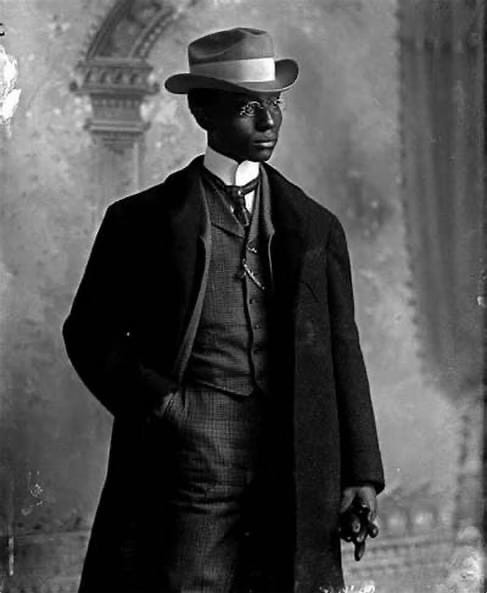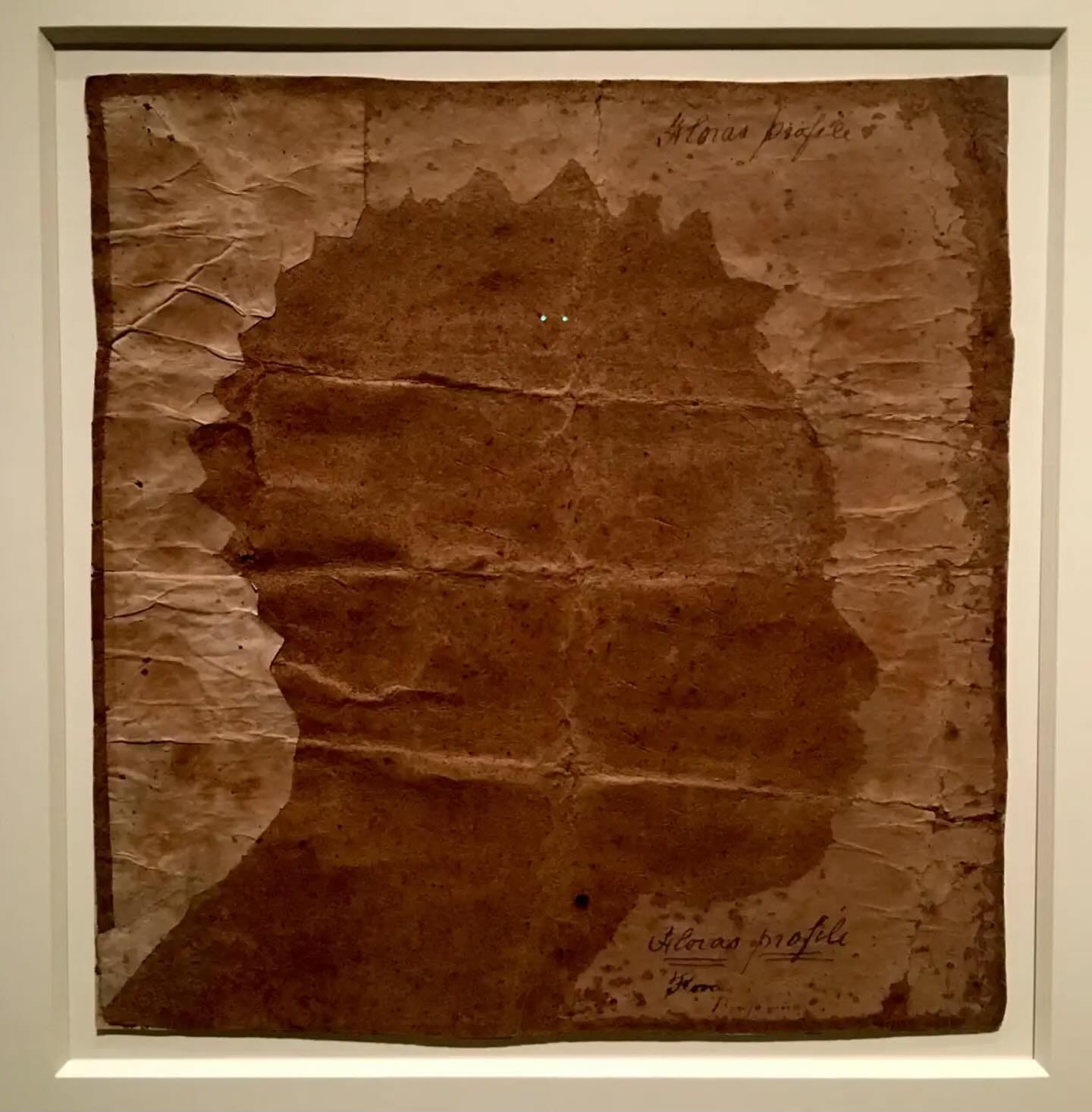Dear Friends,
It has been such a powerful, busy time finishing one book and starting another while teaching about race, culture, and justice at Harvard. I’ll be more regular with these posts, but for the last few weeks, I’ve had to just keep writing and also just shake loose the pressures that have come with doing so much work for so long. (Hello dancing, hello hanging out with my dear friends, hello living well).
Below I’ll share a few things that have been on my mind throughout it all, but first a note of thanks:
Last week, I had the pleasure of offering keynotes to two incredible groups at Microsoft and the Carnegie Corporation of New York. Microsoft invited me to speak to over 400 staff members about creativity, the near win, and the gift of failure as part of their Bing Signature Learning Program. The team at Carnegie invited me to speak about the Vision & Justice initiative during an inaugural luncheon to honor Black History Month and as a 2022 Carnegie Fellow it was such a joy.
In just a few days, I'm traveling to the west coast for the California Conference for Women, where I'll speak about embracing the near win. I’m honored to join an exciting slate of speakers and to connect with attendees at the event.
When I began writing, I never imagined how writing creates community. So thank you to all who are reading The Rise (published 10 years ago now) and who spur me on to keep writing about unseen moments in the history of justice and rights in American life.
A few things that have been on my mind:
Justice and the Natural World
I’m just learning about Black Forest, a “living monument and archive” that pays homage to the Black lives lost to racial injustices through plants and gardens across the country, organized by Ekene Ijeoma. To say the names, share the stories, and plant trees to memorialize their loved ones. Beautiful.
They've just held an event at Powell Barnett Park in Seattle, and you can find more about their work here.
The Power of Images

It very well could be that the power of a photograph is in its afterlife. Images may mean the most long after we’ve taken them. To see this image now is to understand so much history that has been denied, edited out, and not honored about how Americans—all—truly have lived on this here soil.
This image is a photograph of John Hope Franklin’s father, Buck Colbert Franklin, the icon of a lawyer. He lived through the 1921 Tulsa Riots. He witnessed the murders. He wrote a book about it. Much of what we know about that history comes from his work.
I was thinking back to how Tom Hanks—yes—said about how stunned he was that he had never ever heard about the Tulsa Race Riots and massacre. And how important it was that someone like Tom Hanks who said this, not me. Check out his op-ed on this in the New York Times. Excellent.
So, I’m just here saluting the work that has gone into amplified unseen histories, and thinking of how much photography has contributed to that invaluable work for the world.
As I’m teaching Vision & Justice again at Harvard this Spring semester, I’m doing so undaunted. I’m doing so feeling that it is an honor to tell the full, rich, expansive history of this extraordinary American project, especially when many of us are being intimidated for doing so. We will stay in the light. Stay filled with joy as we do this work. And I also look forward to bringing this course out of Harvard and into the world.
Flora
This is one of the images I’ll teach from in my Harvard Vision & Justice class, a silhouette of an enslaved woman named Flora. It accompanied the handwritten sale bill. She was sold for 25 pounds sterling on Dec. 13, 1796 to A. Benjamin of Stratford, Connecticut, from M. Dwight of New Haven.
The image is a silhouette, that 18th and 19th century practice that seemed to democratize the portrait. We can see the process of making-the sharp lines of the scissor cutting through the paper accenting her hair and profile. The image has been so critical for understanding who counts and who belongs in the United States, and how central for histories of liberation.
We’ll honor you in class, Flora. Over 200 years later, our joy in living and the attention we pay to your life will be a tribute.
This image was at the Smithsonian National Portrait Gallery in 2018-19 in the show, “Black Out: Silhouettes Then and Now,” curated by Asma Naeem, the Portrait Gallery’s curator of prints, drawings, and media arts.
More soon! Much love to all for a fabulous rest of the week. Find your joy!
Sarah





